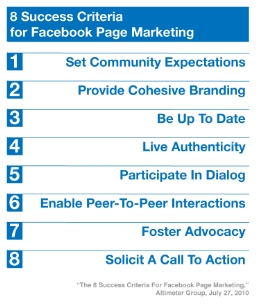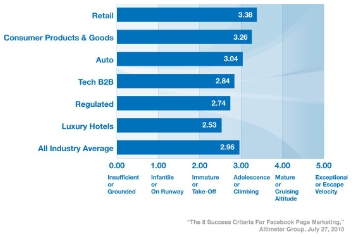Tribal networking and the Online Clearances
950 words | ~5 min
So, Wired has decided that the web is dead, despite all the very good evidence to the contrary, and is rightly being pasted up the wall as a result. As has been pointed out (not least in the above-linked NYT piece), what the web is, now, is huge. Which is not exactly new news.
What interests me, though, and what I feel might have triggered the ill-judged Wired piece, is that the web now feels huge.
Here's what I mean. If you're as old as me in geek years (like dog years, but more curmudgeonly), and especially if you're slightly older, you'll remember that web is short for World Wide Web, and that it's an abstraction based on a common set of protocols for the transfer of files across the internet. The idea of a worldwide web was only really interesting because, before it, computer networks were distinctly tribal.
The web was for finding stuff more than it was for doing things. The environments in which we did things with computers were far more local. Even when I was an undergraduate, in the early 2000s, I logged into one machine on my university's network to read mail, another to store files and read newsgroups, and so on. If I wanted to put anything on the web, I had a place to do that: a folder on that same filestore machine which was visible to the web. If I wanted people outside the network to be able to find one of my files, it would go into that folder and become visible at http://my.network.url/~myusername. Just as importantly, there were ways of putting up content that were only visible to others on the network: local shared folders, .plan files, etc.
Now the web is our operating environment - it's where we do things, not just where we find things. One of the actions that has shifted most firmly onto the web (as opposed to the internet) in recent years is communication with other people. It's helped collapse the distinction between publishing and communicating. Twitter, Facebook and the like have mixed parentage - email and instant messaging on the one side, personal web pages and .plan files on the other - though some of the offspring can be ugly, as Google Buzz found to its cost.
The world of tribal networking gave way to the world of social networking, and in many ways this has made both publishing and communication (and their hybrids) more accessible and easier. What I've said is just the old Web 2.0 conversation, except that this conversation is normally had in terms of its impact on media. You know: power to the people, breaking down barriers, empowering consumers, consolidating personal branding, etc.; the rhetoric of the hot, flat and crowded world of the social web.
The mounting online privacy debate offers just one perspective on the downside. As tribal networking on computer networks has become social networking on the web, we have lost control over the size of our societies.
Now that we all use the same online platforms, and especially as the divisions even between these begin to dissolve through the use of persistent online identities, we feel exposed to the huge, undifferentiated vastness of the internet. This may help us iron out some of our quirks (flaming, lying on CVs, drunken pics on Facebook), but it's pretty scary. I remember when Facebook moved from being a set of networks for college students and alumni and became, in effect, a completely different entity. As it becomes increasingly co-extensive with the web, it is losing any sense of social network-ness, becoming instead a global publishing platform within which fairly strong social network effects operate: i.e., you only read the profiles and updates of people you (vaguely) know in the real world. Only the vigilance of users concerned about privacy prevents Facebook from being almost completely open now.
Now we are waking up and realising that, oh, the online world we're forced to live in is huge. We have lived through the web's small equivalent of the Highland Clearances. Now here we are, blinking in the harsh light of the third-largest country in the world.
I'm not nostalgic for the technologies of the tribal internet. (Some were good and still are; others were clunky.) Nor am I purely concerned by privacy in the strict sense. But I am aware of the lack of replacement for the cosiness of the small worlds of the internet. These small worlds could easily have been replicated on the net, but as yet they have not been.
There are a few weak signals that they may yet return. The Facebook privacy issue is one. The emergence of Diaspora, the build-it-yourself peer-to-peer social network, is another. When it launched, it was touted as a possible Facebook killer, then slammed because of the need to set it up and maintain it yourself. In fact, I think the time and effort required to set up a Diaspora node will make it more appealing to those that want to recapture some smallness, localness and plurality in their web-based interactions.
# Alex Steer (25/08/2010)


